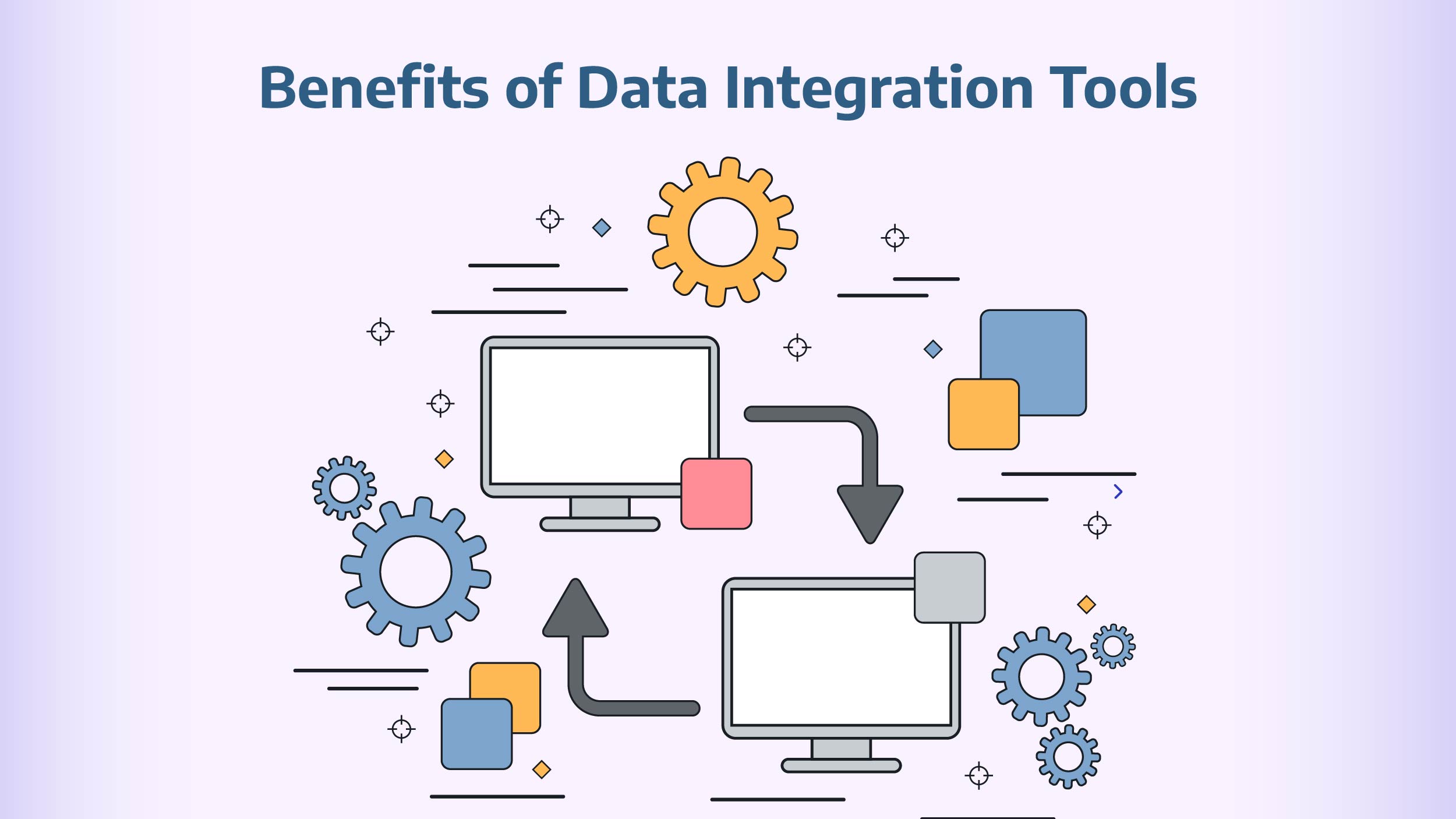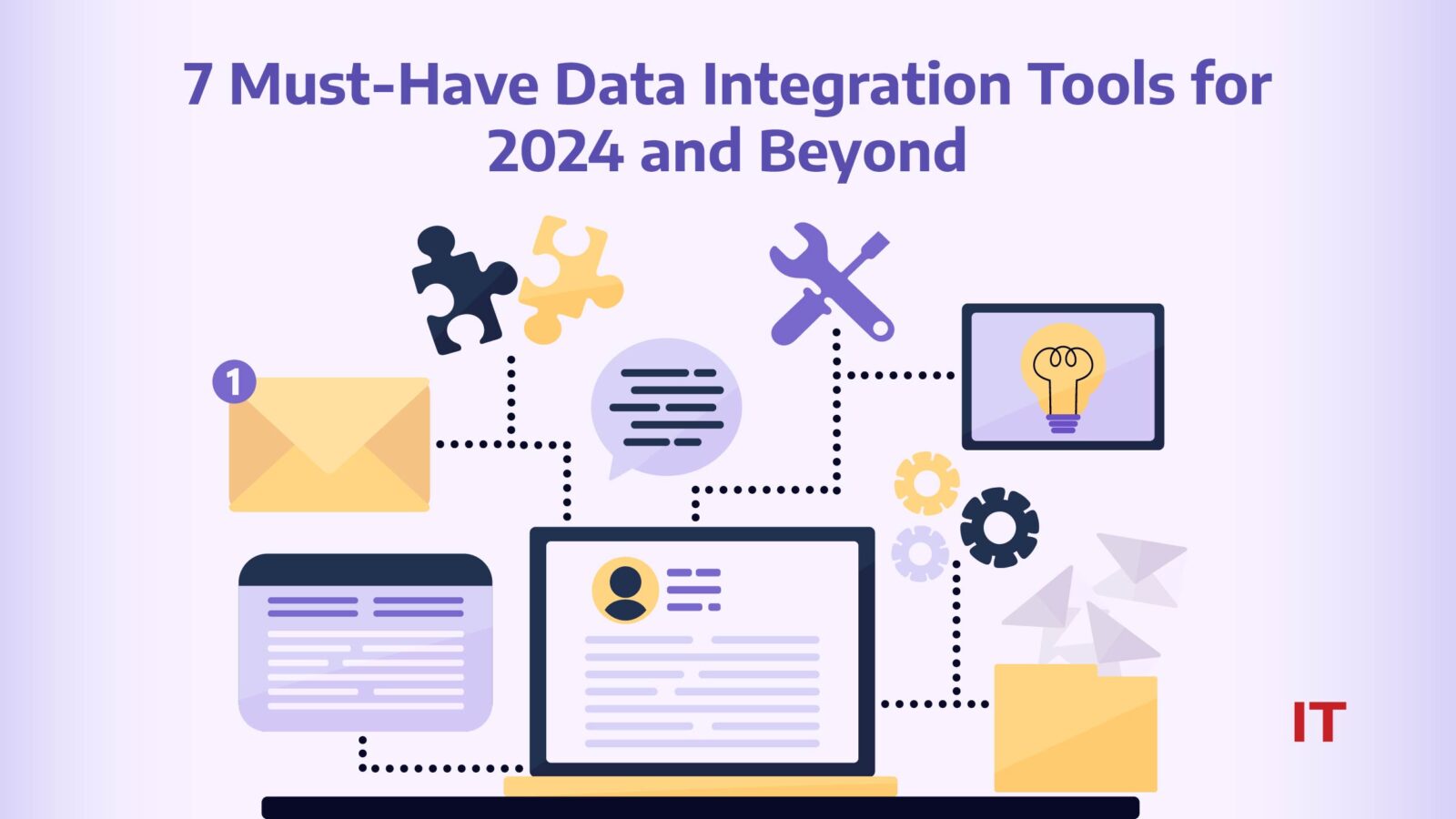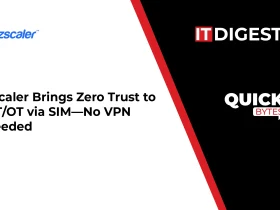In the era of data-driven decision-making, the seamless amalgamation of disparate data sources is pivotal for organizational success. At the heart of this process lie data integration tools, serving as the bedrock for harmonizing, consolidating, and managing diverse data streams. From traditional ETL (Extract, Transform, Load) solutions to cutting-edge data virtualization platforms, the world of data integration tools is a treasure trove of innovative technologies designed to simplify the complexities of data unification.
Let’s dive in to learn more about these tools in this blog.
What are Data Integration Tools?
Data integration tools refer to software applications specifically created to simplify the merging of data from multiple origins into a cohesive perspective or storage system. They optimize the extraction, conversion, and loading (ETL) processes, enabling businesses to effortlessly retrieve and evaluate diverse data origins. These tools are proficient in managing a wide range of data styles, compositions, and origins, such as databases, software, cloud services, and plain files.
Benefits of Data Integration Tools
 Data integration tools offer numerous benefits to organizations across various industries. Some of the key advantages include:
Data integration tools offer numerous benefits to organizations across various industries. Some of the key advantages include:
- Improved Decision-Making: By integrating data from disparate sources into a unified view, organizations gain access to comprehensive and accurate information, enabling better-informed decision-making at all levels.
- Enhanced Data Quality: These tools often include features for data cleansing, deduplication, and validation, which help improve the quality and consistency of data across systems, leading to more reliable insights and analysis.
- Increased Efficiency: Automating data integration processes reduces manual effort and minimizes the time required to extract, transform, and load data from different sources, leading to greater efficiency and productivity.
- Cost Savings: Data integration tools help streamline data management processes, reducing the need for manual intervention and the risk of errors, which can result in cost savings for organizations over time.
- Scalability: As organizations grow and accumulate more data, these tools can scale to accommodate larger volumes of data and more complex integration requirements, ensuring continued effectiveness and performance.
- Flexibility and Agility: Data integration tools provide the flexibility to adapt to changing business needs and integrate new data sources or systems quickly, allowing organizations to respond promptly to evolving market trends and opportunities.
Also Read: Data Lakehouse: A Comprehensive Guide for 2024
What are Different Types of Data Integration?
 Data integration involves employing diverse methods and strategies to amalgamate data from numerous sources within an organization. This amalgamation aims to furnish a comprehensive, precise, and current dataset suitable for business intelligence, data analysis, and other applications. Below are different types of data integration:
Data integration involves employing diverse methods and strategies to amalgamate data from numerous sources within an organization. This amalgamation aims to furnish a comprehensive, precise, and current dataset suitable for business intelligence, data analysis, and other applications. Below are different types of data integration:
1. Extract, transform, load (ETL)
The predominant approach to data integration is the extract, transform, and load (ETL) process, frequently employed in data warehouse applications.
Within an ETL application, information is taken from its origin and processed through a data transformation procedure to merge and refine data for analytical objectives.
Subsequently, the collected datasets are imported into a data repository. The ETL approach functions in batch processes dealing with large volumes of data.
2. Extract, load, transform (ELT)
In big data systems, the “extract, load, and transform” (ELT) approach is commonly favored over traditional ETL (extract, transform, load). With ELT, raw data is first loaded into a destination system, then filtered and transformed as required for specific analytics tasks.
This method is particularly favored by data scientists who prefer to handle their own data preparation and require access to complete datasets for tasks such as machine learning and predictive modeling.
3. Change data capture (CDC)
The CDC utilizes a form of immediate data integration that transfers modifications made to data in source systems to data repositories like warehouses. This approach facilitates real-time data integration by consolidating live data streams and directing the merged datasets into databases to serve operational and analytical purposes.
4. Data replication (DR)
This technique involves duplicating information from a particular data origin to an alternative system to align them for primary, secondary, and emergency preparedness applications. It has the capability to function in either live or batch processing mode.
5. Data virtualization (DV)
This technique originated from a preceding method called data federation. Rather than physically merging data, data virtualization employs a virtual data stratum to consolidate data. Consequently, business stakeholders and data experts can access a unified perspective of diverse datasets instantly without requiring IT intervention to deposit the data into a data repository.
Data virtualization has the capability to enhance the current analytics framework for particular uses or integrate into a coherent data warehouse or data lake structure encompassing various platforms.
Top 7 Data Integration Tools to Look Out for in 2024
The data integration landscape is brimming with a diverse array of innovative solutions designed to streamline the complexities of data unification. Here are some of the top data integration tools making waves this year:
1. Jitterbit
Jitterbit functions as a data integration solution that empowers organizations to create API links to various applications and services. Similar to its counterparts in the field, it facilitates the amalgamation of data from diverse origins to support business intelligence endeavors. Additionally, users have the option to utilize artificial intelligence capabilities to enhance operational efficiencies.
2. Celigo
Celigo represents an integration platform as a service (iPaaS) that provides enterprises with the ability to link with various applications and streamline operations. In similarity to data integration tools, it presents various functionalities such as pre-built connectors and an intuitive graphical user interface.
3. AWS AppSync
AWS AppSync, a service offered by Amazon Web Services (AWS), streamlines the creation of live applications through the provision of GraphQL APIs for accessing and merging data from diverse origins. Its versatility allows for application in a wide range of contexts such as real-time collaboration platforms, messaging apps, gaming systems, IoT solutions, and any other environment where instantaneous data handling and coordination are indispensable.
4. Talend
Talend, which has been acquired by Qlik, provides a range of data management solutions tailored for enterprises. This comprehensive suite encompasses data integration, preparation, quality assurance, governance, and various other aspects crucial for efficient data handling.
5. Pentaho
Pentaho Data Integration (PDI) offers ETL features that standardize and streamline the tasks involved in acquiring, cleansing, and archiving data.
Pentaho’s Data Integration tool has garnered significant popularity, positioning itself as the most sought-after component in the realm of Data Integration. PDI is recognized for its easy learning process and user-friendly operation.
Data integration scenarios frequently involve transferring data from diverse sources to a central data repository. Pentaho offers a range of applications beyond traditional ETL processes within a data warehousing environment.
6. SnapLogic
SnapLogic functions as an iPaaS solution providing integration options for applications, cloud services, and data. In contrast to broader data integration systems, SnapLogic’s offerings are more focused, emphasizing built-in connectors, real-time and batch processing, data quality, and security measures.
7. IBM
SnapLogic, functioning as an iPaaS platform, provides integration capabilities for applications, cloud solutions, and data. In contrast to extensive data integration systems, SnapLogic focuses on a more limited range of functionalities, primarily emphasizing built-in connectors, real-time and batch processing, data quality, and security features.
To Conclude
Data integration tools play a pivotal role in the modern business landscape, enabling organizations to streamline their data management processes, enhance decision-making, and drive operational efficiency. As technology continues to advance, the demand for seamless data integration will only grow, making these tools indispensable for businesses of all sizes and across diverse industries. By leveraging data integration tools effectively, businesses can harness the power of their data to gain actionable insights, improve customer experiences, and maintain a competitive edge in the market.


































